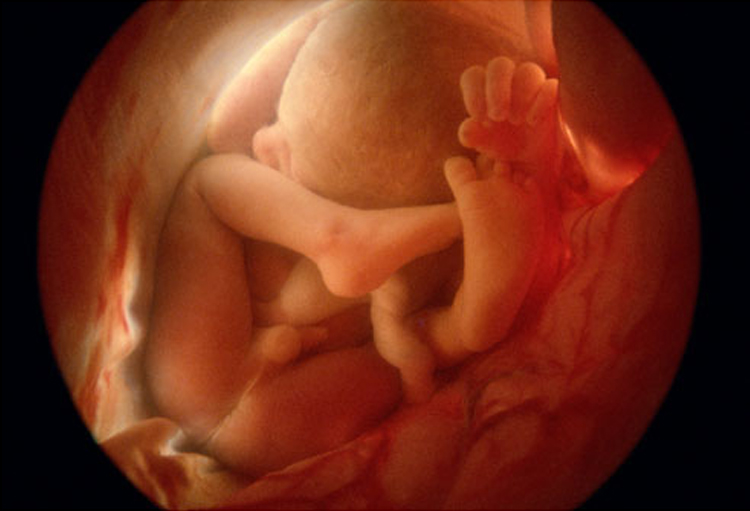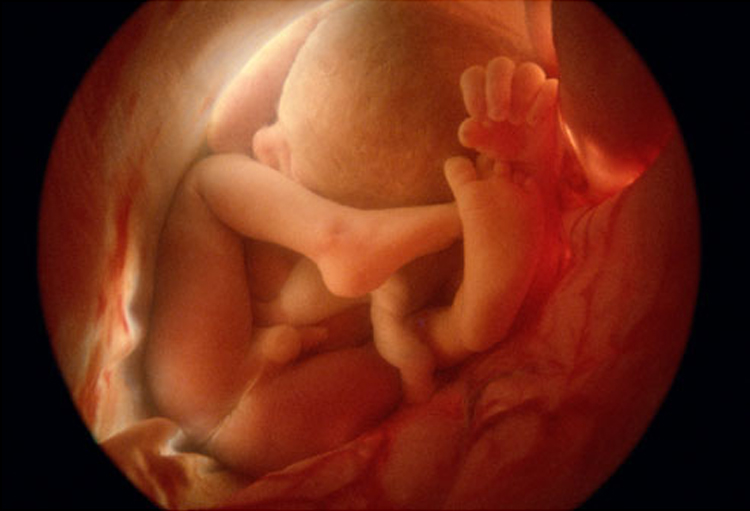Your Baby at Week 40
Discover the remarkable developments of your baby at week 40 of pregnancy. Explore the tests performed, options for labor induction, and natural ways to encourage labor as you approach the end of this incredible journey. Get ready to welcome your little one into the world.
Congratulations on reaching week 40 of your pregnancy! This is a significant milestone as you near the end of this incredible journey. While many women give birth around this time, it’s important to remember that every pregnancy is unique, and some may continue beyond the estimated due date. In this article, we will explore what is happening with your baby during week 40, the tests your practitioner may perform, and the options available to you as you approach the possibility of a post-term pregnancy.
The Final Weeks: Baby’s Growth and Development

Your baby at week 40, is fully developed and ready for the outside world. They have come a long way from being a single cell to a beautiful, fully-formed human being. By this stage, your baby’s weight will vary, but on average, they are around 7 to 8 pounds (3 to 3.6 kilograms) and measure about 20 inches (50 centimeters) in length. Their skin is now smooth and plump, and they have shed most of the fine hair known as lanugo that covered their body.
Inside the womb, your baby’s lungs continue to mature as they practice breathing movements, inhaling and exhaling amniotic fluid. Their digestive system is fully functional, ready to process breast milk or formula once they are born. The bones in their skull are still flexible to allow for an easier passage through the birth canal.
Tests and Monitoring

As you approach or go beyond your due date, your healthcare practitioner may perform additional tests to ensure the well-being of both you and your baby. One common test is the biophysical profile (BPP), which assesses your baby’s overall movements, including breathing, movement, muscle tone, and the volume of amniotic fluid. This test provides valuable insights into your baby’s health and helps determine the best course of action.
Fetal heart rate monitoring, often done through a nonstress test, is another tool used to assess your baby’s well-being. This test measures your baby’s heart rate in response to their movements. It helps to ensure that your baby’s heart is responding appropriately to the stress of movement and shows no signs of distress.
Your practitioner will also evaluate the ripening of your cervix, which is an indicator of how close you are to labor. They may perform a cervical exam to assess the effacement (thinning) and dilation (opening) of your cervix. This information helps determine the readiness of your body for labor.
Options for Labor Induction
If your pregnancy extends beyond a certain duration, your healthcare provider may discuss the possibility of labor induction. Inducing labor involves using medications or other techniques to initiate contractions and bring about childbirth. The decision to induce labor depends on various factors, such as the health of you and your baby, the readiness of your cervix, and the progress of your pregnancy.
There are different methods of labor induction, including the use of prostaglandin medications to soften and ripen the cervix, artificial rupture of membranes (amniotomy) to release amniotic fluid, or the administration of synthetic oxytocin (Pitocin) to stimulate contractions. Your healthcare provider will explain the options available to you and discuss the potential risks and benefits associated with each method.
Natural Ways to Encourage Labor

Before resorting to medical interventions, your healthcare provider may suggest natural methods to encourage labor. These methods are not guaranteed to induce labor, but they may help prepare your body for the birthing process. Some common natural approaches include:
- Walking: Taking regular walks can help the baby descend further into the pelvis and put pressure on the cervix, potentially stimulating contractions.
- Nipple Stimulation: Gently massaging or stimulating the nipples can release oxytocin, a hormone that promotes contractions.
- Acupuncture: This traditional Chinese practice involves the insertion of thin needles into specific points on the body to stimulate energy flow, potentially leading to contractions.
- Relaxation Techniques: Practicing relaxation techniques, such as deep breathing, meditation, or prenatal yoga, can help release tension and promote a more favorable environment for labor.
As you reach week 40 of your pregnancy, your baby is fully developed and ready to make their grand entrance into the world. Your healthcare provider will monitor you and your baby closely, performing tests and evaluations to ensure a safe delivery. If necessary, labor induction may be discussed as an option, but natural methods to encourage labor can also be explored. Trust in the guidance of your healthcare provider and embrace the excitement as you prepare to meet your little one soon.




